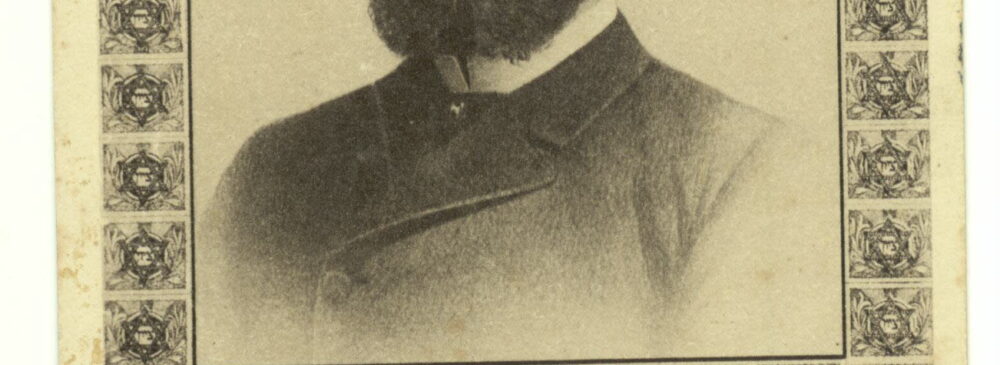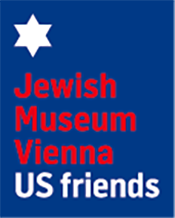About incandescent lamps and other inventions
Dec 28, 2020 | JMW News

Born in Odessa in 1850, Johann Kremenetzky (also Kremenezky) was an entrepreneur, inventor and Zionist. Just over 30 entries about him can be found in the Jewish Museum Vienna inventory. A lightbulb from the Tungsram company is listed as an anonymous donation. Scratched into it is the note: “Company property Jo. Kremenetzky, not for sale.” In 1995, the Jewish Museum Vienna received a donation from John Kremenezky, Johann Kremenezky’s grandson, consisting primarily of archival material. Johann Kremenezky had studied at the Berlin Technical University and came to Vienna in 1880 to set up the lighting in the parliamentary meeting rooms. In the spring of 1880, a trial lighting was tested in the Volksgarten, causing a sensation throughout the summer. There was no lighting equipment in Parliament, but Kremenezky stayed in Vienna and founded the first Austrian incandescent lamp factory in 1880 and, in 1882 together with Bela Egger, the “1. Austro-Hungarian Factory for Electrical Lighting and Power Transmission Egger, K. & Co.” In the 1890s, the company was taken over by the Austrian Siemens-Schuckert works and Johann Kremenezky continued to run the incandescent bulb department in his ownership. He soon expanded the range to include electrical appliances such as travel irons, cooking pots, table fans, mocha makers, batteries and radio lamps.

Image © JMW
In a Spanish-language catalogue of his company, located at Dresdnerstrasse 55–57 in Vienna-Brigittenau, there is an unusual collection of light bulbs shaped like fruit, vegetables, human and animal figures. A decorated Christmas tree can be seen on the cover of the catalog. In 1931, Kremenezky merged with Tungsram, where light bulbs and other products from the lighting division are still being made.

Image © JMW
Johann Kremenezky was a prominent member of the action committee of the Zionist movement in Austria. The establishment of the “Jewish National Fund” during the Fifth Zionist Congress in Basel in 1901 goes back to him and it was he who maintained Theodor Herzl’s private archive after his death. The National Fund was supposed to enable the purchase of land and desert areas in what was then Ottoman Palestine through donations from Jewish women and men all over the world. In the early 1930s, the main office moved from Europe to Jerusalem and the Fund’s official name was changed to Keren Kayemeth LeIsrael.
Johann Kremenezky’s achievements for Austrian Zionism are to be honored, as well as his commitment to innovative industries. His name is associated with the Rothschild and Gutmann families in connection with the Vítkovice steelworks and the first Austrian railway, with David Schwarz for the invention of an airship or with Adolf (Aron) Pollak von Rudin, who invented matches with a striking surface.
Johann Kremenezky not only changed his name – his real one was Jonas Yosipovich Levinson – but also his year of birth from 1848 to 1850. In 1928, the electrical engineer received an honorary doctorate from the Technical University in Vienna and on February 8, 1929 was distinguished as a Citizen of the City of Vienna. He died in Vienna on October 25, 1934 and was buried in the Central Cemetery. By means of a city council resolution on June 20, 1956, the Laaer-Berg-Gasse in Vienna-Simmering was renamed Kremenetzkygasse. A street in Tel Aviv is also named after him, but with the spelling Kremenetski. The year of death is given as 1936.

Image © JMW
Cover image © JMW
